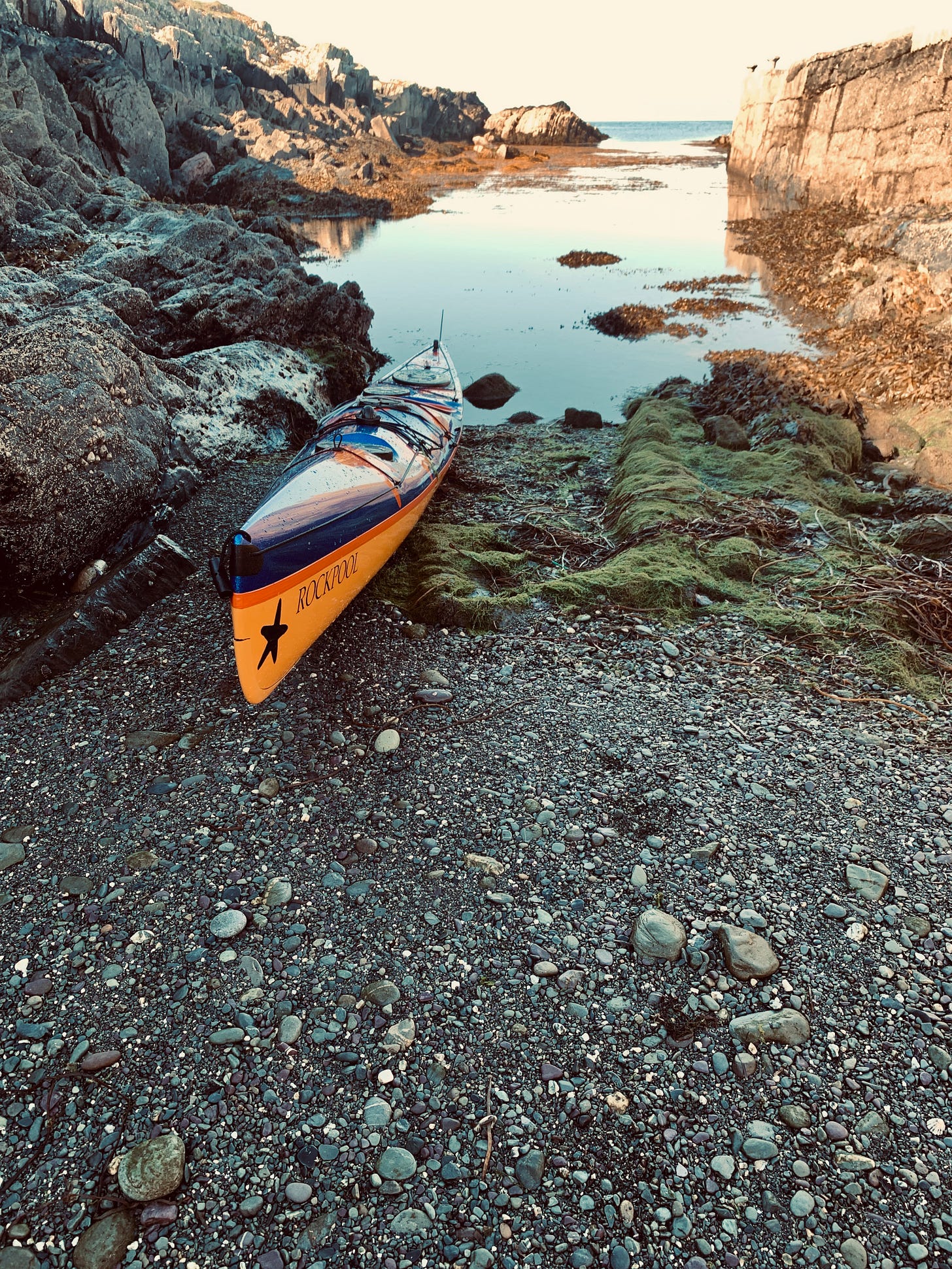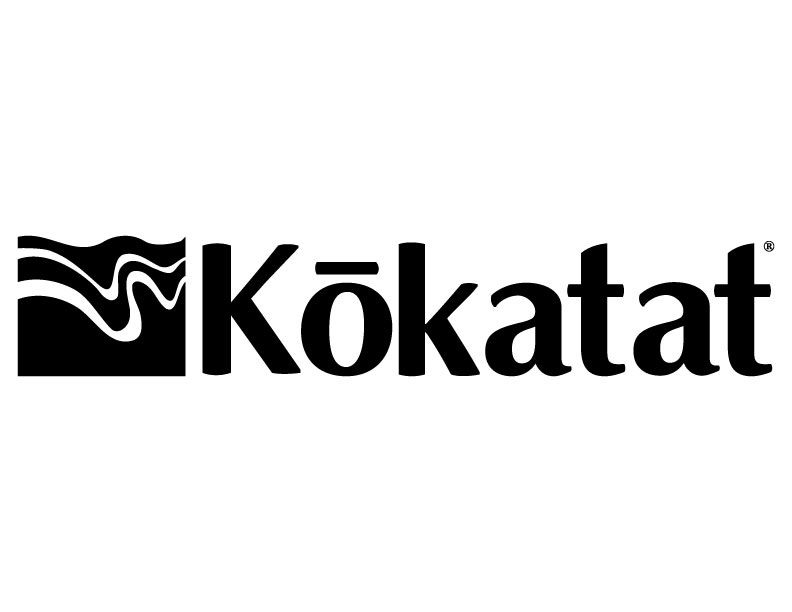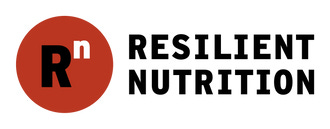“Prepare like your life depends on it——because it does.”
— Roz Savage, Ocean Rower
Summer’s over. That means it’s time for a new 3-month phase of training. The theme for June-Sept was “explore and enjoy.” Now, with shorter days, colder temperatures, and more unstable weather making it hard to explore or enjoy the North Atlantic, it’s time to get strong.
Oct-January* is “the build phase.” For the next 12 weeks, I’ll be putting in long hours to build strength and endurance--in the physical and mental sense.
Here’s a look at what my endurance training looks like. This plan is adapted from Resilient Nutrition’s adventure coaching and nutrition assessment and from Mike Jones’ experience as an expedition paddler and ocean rower.
Aerobic base
Unlike training for a marathon, it’s not possible to prepare for an expedition like this by working up to the distance of the journey. I can’t train to paddle 800 miles by doing 700 miles first. The goal of endurance training is to adapt to a slow, steady pace I can repeat every day for weeks on end.
During the build phase, I’ll be doing 90-minute training sessions, 5 days per week, at a brisk walking pace. The key is to keep it slow——heart rate zone 1 & 2——so that I can recover fully to repeat the same effort every day. Eventually, after many weeks at a pace that feels frustratingly slow, my aerobic efficiency will improve, and my “easy” pace will become faster. I don’t fully understand the science behind this, but I’m lucky to have coaching from folks who do (thank you, Ali).
Once a week, I’m going to add a very short, very intense interval session to work on the higher end of my heart rate zones.
Ideally, these sessions are going to be in the boat. But when there’s a gale blowing, I’ll train on Dominique’s exercise bike or go for a trail run.
Skipping breakfast
I’m doing most of these aerobic sessions fasted, meaning I wake up and go at first light without breakfast. The idea is to encourage fat adaption (burning my own fat reserves rather than depending on carbs from snacks) and train my metabolism for the stresses of long days on the water.
Strength and durability
I’m also lifting weights and doing a lot of yoga to improve my strength and flexibility. This will include some functional training--like sandbag carries——to prepare for the awkwardness of hauling a 23KG kayak on my should over rocks.
The goal here is not to get mirror muscles (not that I even could) but to prevent injury and put some power behind all that cardio.
Confidence
Like anything, confidence can be trained by focusing on slow, steady improvement. This is something I’ll be working on through every phase of my training, but autumn in the North Atlantic presents no shortage of opportunities to expand one’s comfort zone.
To build confidence, I’m going to get on the water for my aerobic base sessions in all weather unless it’s unsafe to be out there. If the wind is too strong to make forward progress at a slow, steady pace, I’ll spend my 90 minutes holding into the wind or getting pushed backward——both things I need to be prepared for.
To prevent a comfort zone plateau, I’ll try to get out with others in conditions I would never attempt on my own.
Toughness
Toughness may sound vague or even braggy, but it’s the one element without which this trip won’t be possible. And it can be trained, like anything else.
Cold adaptation
Cold is the main source of discomfort on a kayak trip. It’s also the main hazard. Hypothermia is what kills sea kayakers. Without proper attire, a kayaker separated from his or her boat has 2 hours to live in the Irish summer and less than 30 minutes in the winter.
I’m lucky to have the best paddling tops and pants available (thank you, Kokatat) to keep me warm, dry, and safe. But it’s still a good idea to do everything I can to build my cold tolerance. This isn’t about cheating death but remaining functional when I’m setting up camp in the rain or dealing with an emergency.
There’s no shortage of cold in Ireland this time of year (or any time of year for that matter), so training for cold adaptation is as simple as wearing a t-shirt instead of a sweater when I’m going about my day. I’m also taking cold showers and swimming in the ocean through the winter.
“If it ain’t rainin’ you ain’t trainin’”
When I sat down with the folks at Resilient Nutrition to talk about my training plan, I asked them what they learned from their experience in the military that I could apply to my training as a civilian adventurer.
Train in all weather was their suggestion.
I do my weightlifting outside, rain or shine. A full gale is the only thing that will keep me off the water—I’m getting wet anyway.
*This phase is running a little over three months due to travel plans and because you can never have too much of an aerobic base.
Thanks for reading,
-Charlie
Thank you to Mike Jones for coaching and guidance.
Kokatat is the official gear sponsor of The Lap.
The lap will be fueled by Resilient Nutrition’s Long Range Fuel and bars.
Expedition coffee by 3fe.








You're an inspiration, Charlie! I feel like a real weenie compared to you ...